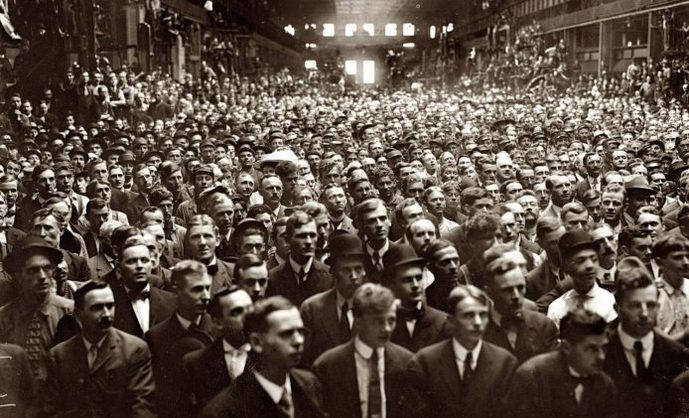Organisational change and audience centricity: European perspectives
Cristina Da Milano - STUDY ON AUDIENCE DEVELOPMENT: How to place audiences at the centre of cultural organisations
teme
Razvoj publike i uključenost zajednice
There are many different ways to tackle the challenges related to audience development and engagement that depend on the diversity of cultural organizations: from established institutions that are reinventing themselves, to organizations created as audience-centred, from artistic paths naturally leading to participatory practices, to marketing and communication changes motivated by a new management. Nevertheless, as the recent EU funded “Study on Audience Development” demonstrates with an in-depth analysis of 30 case studies from all over Europe, those which have been successful in promoting and implementing audience-centric policies have some things in common: a receptive attitude, a trial and error approach, data relevance, and shared objectives. Most of these clearly describe the link between audience development and organizational implications and leadership issues. The cases analyzed present a varied and balanced mix of “reactive” and “pro-active” changes: the reactive approach still remains a dominant state for many cultural organizations trying to respond to external pressures; the proactive one is based on organizational behaviors that anticipate and interpret emerging social phenomena, producing ad hoc answers and innovation in terms of proposal, format and engagement strategies. The shift towards a more audience-centric approach requires the creation of an organizational environment able to provide change through open innovation processes and a strong involvement of all the staff: leadership plays an important role in introducing innovative and alternative approaches and in removing internal resistance.

